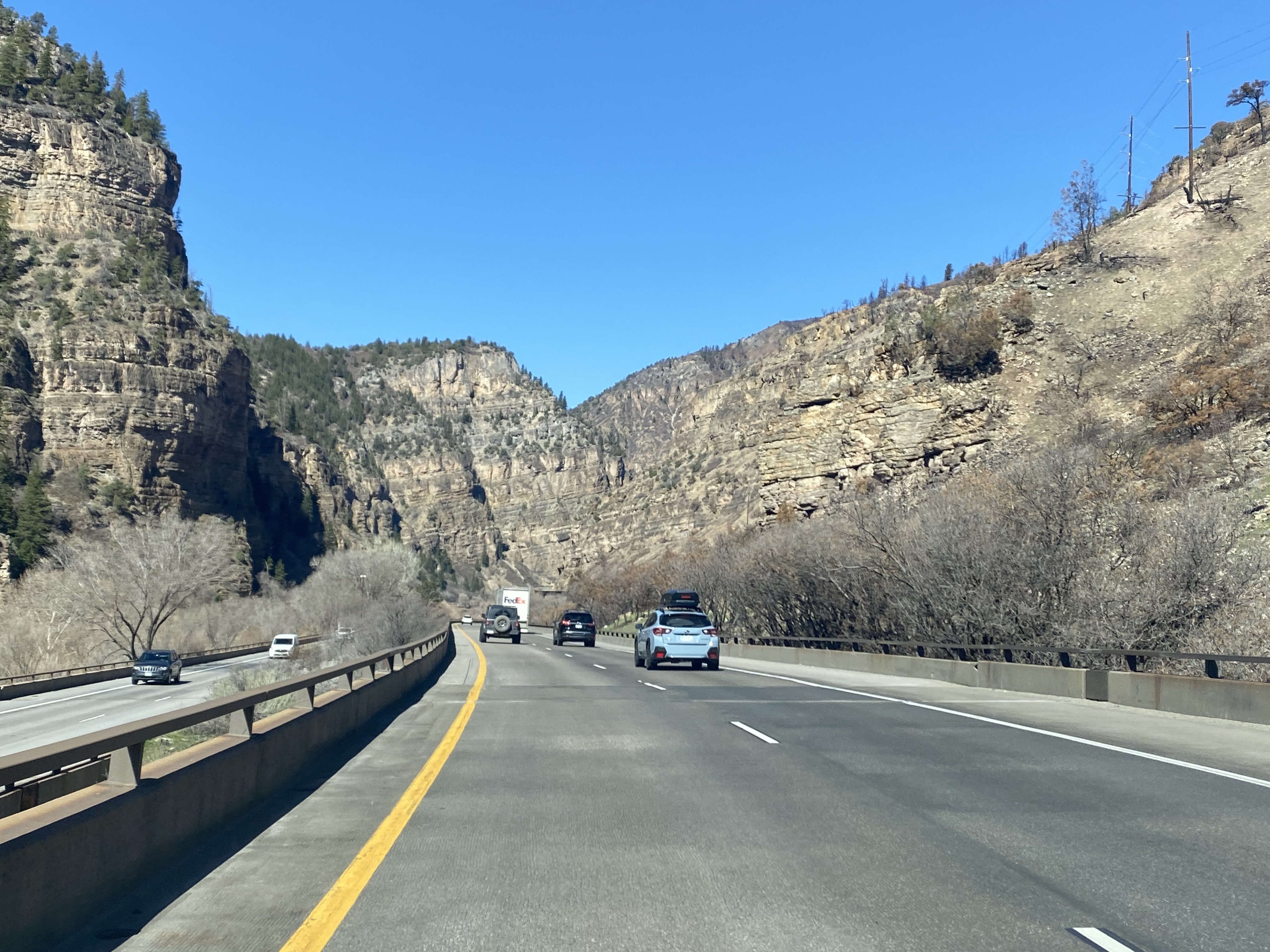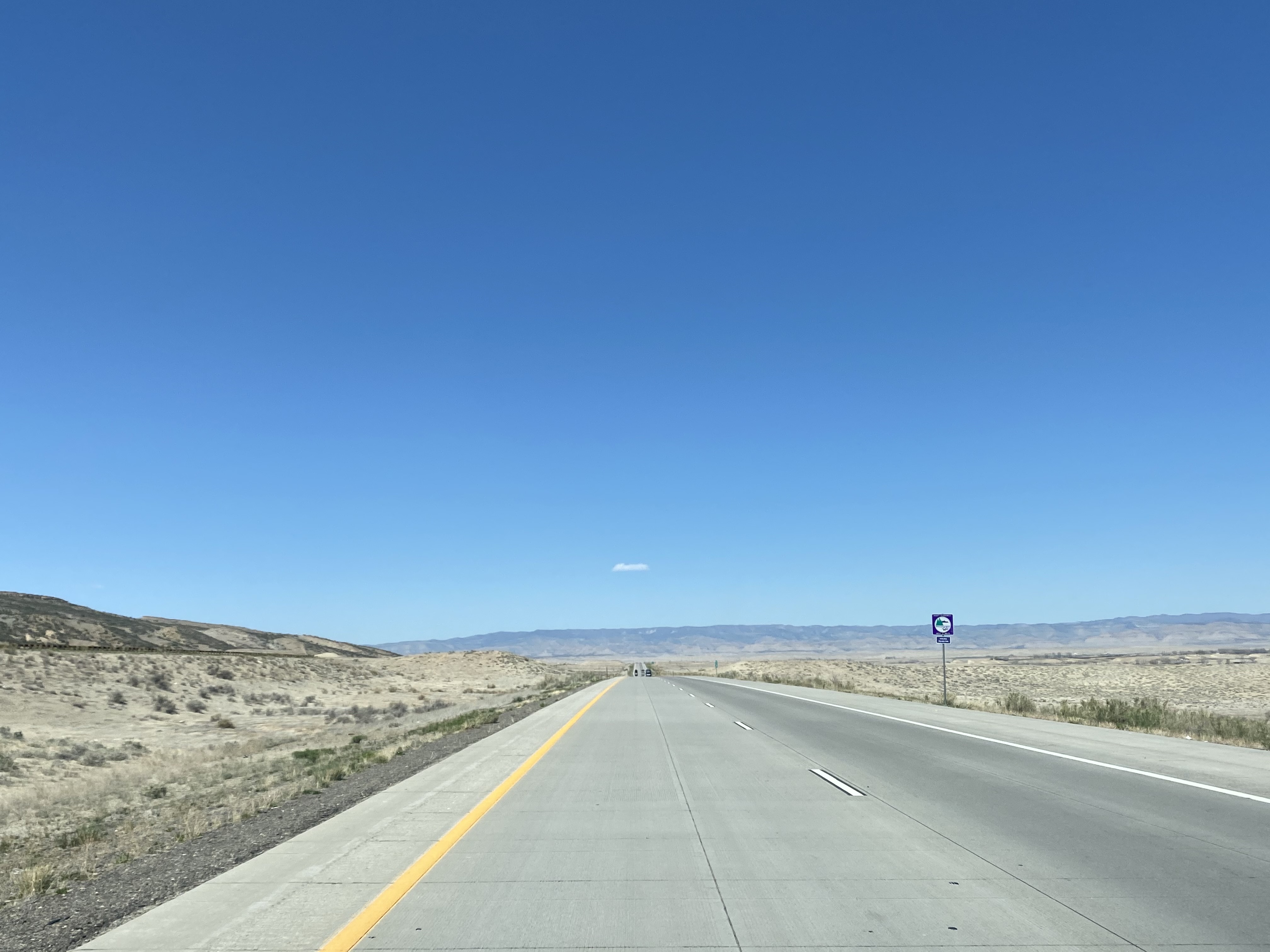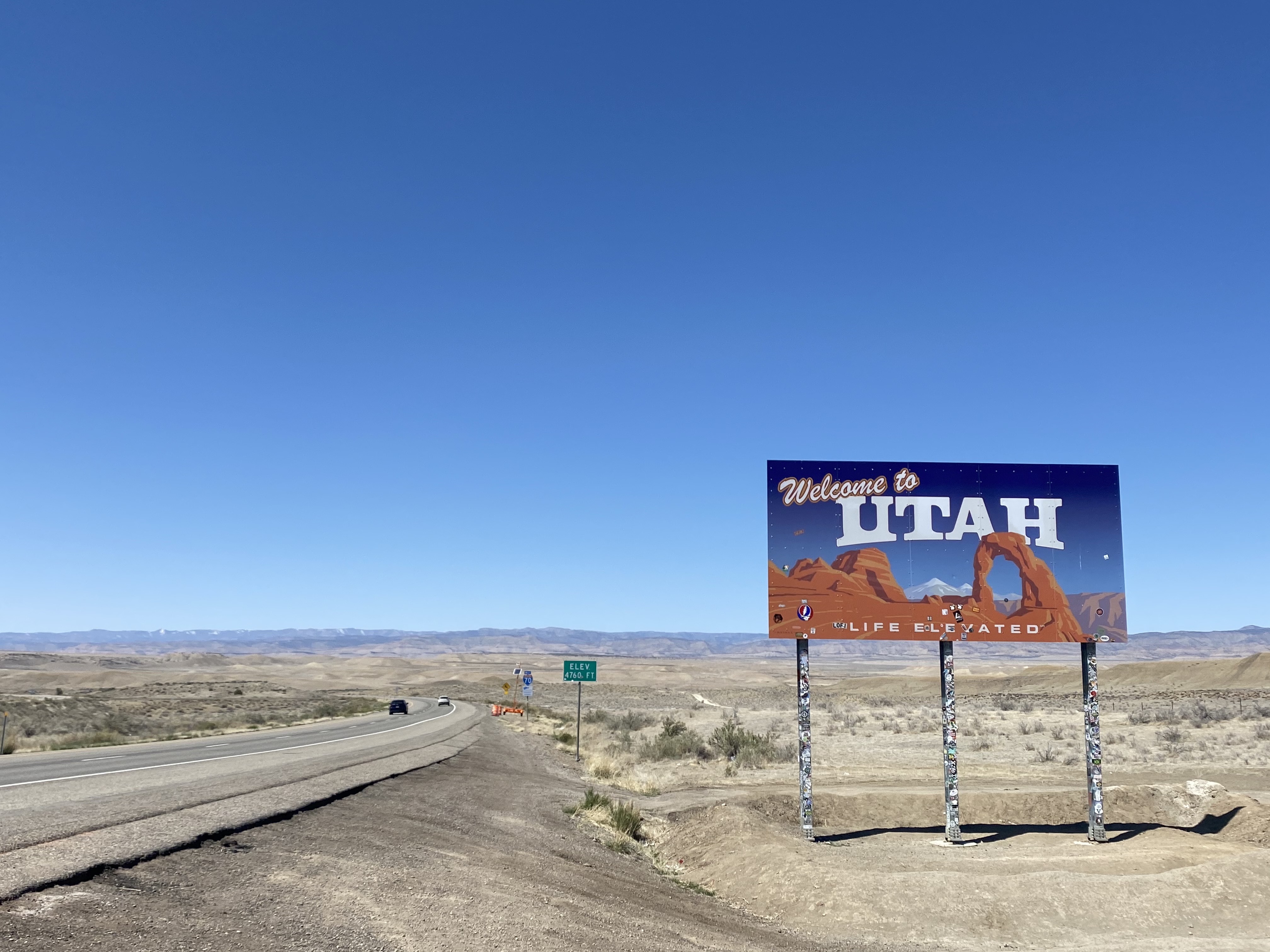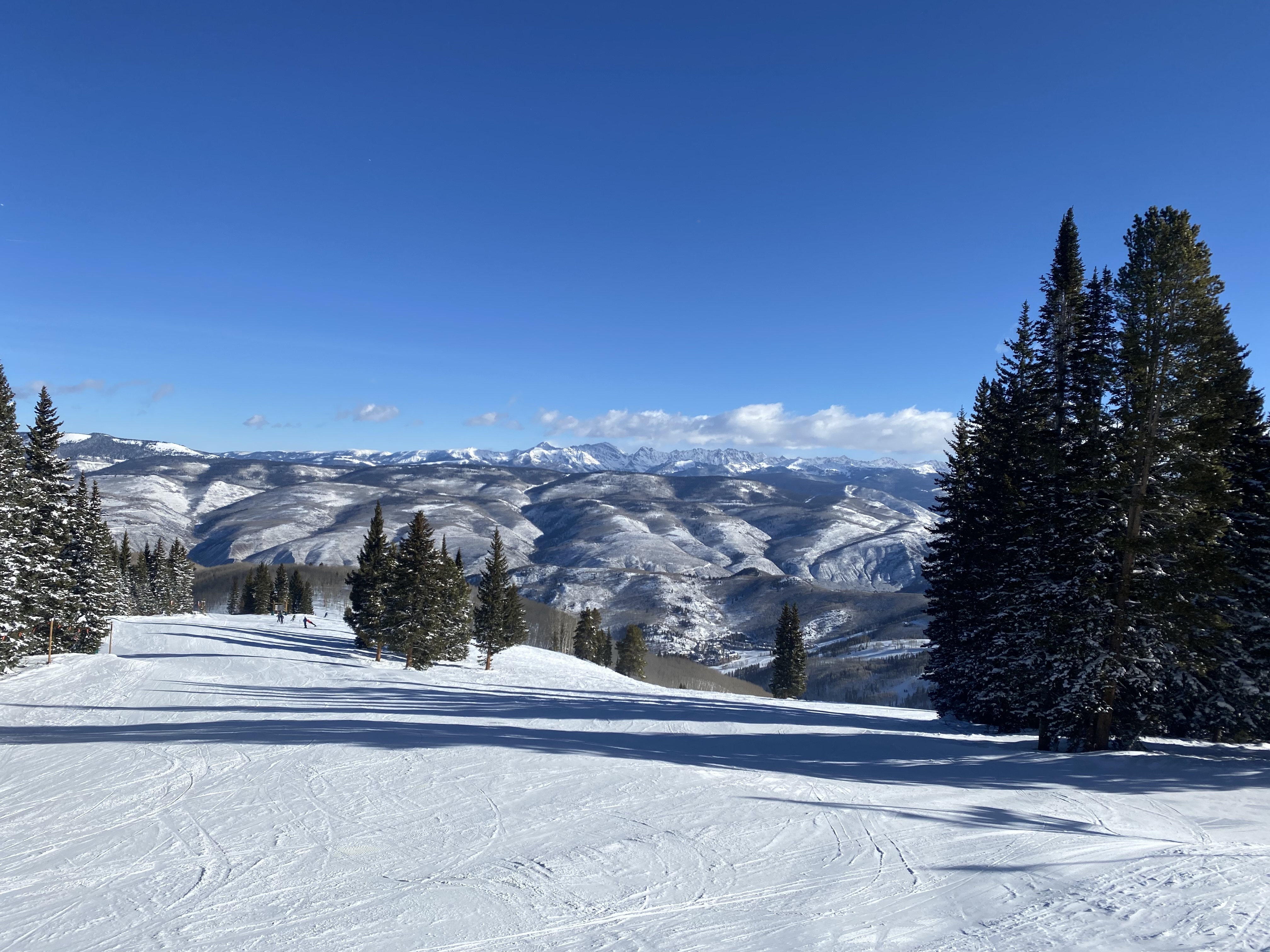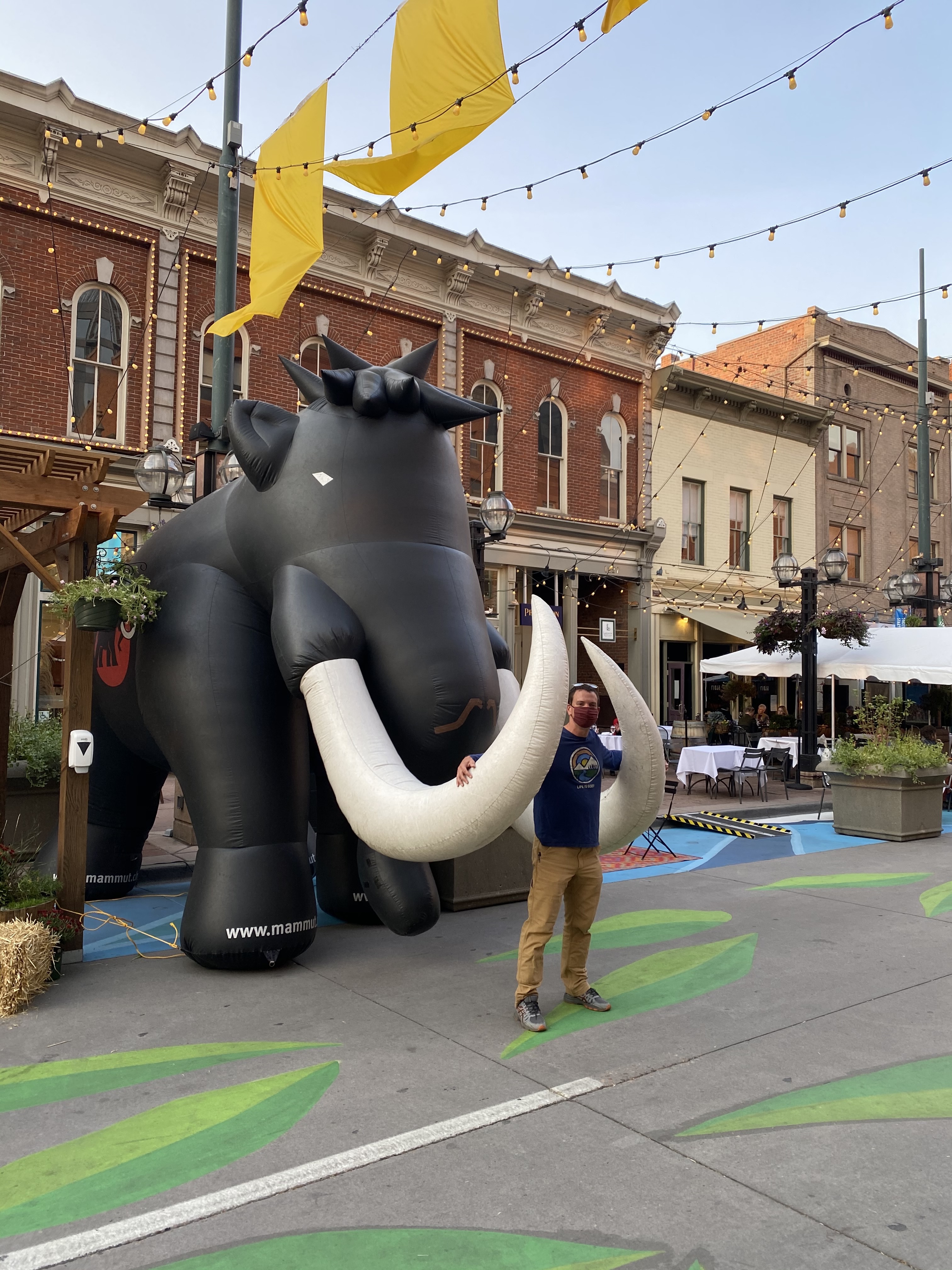
When the first pandemic in over 100 years disrupted our lives, forcing many of us to stay home and stay apart from one another, I instantly became consumed with what life would be like when the pandemic comes to an end. Will this event cause us to re-think the way we are all living our lives? Or will we go back to our old ways once the danger of spreading a potentially deadly virus subsides? Will the changes associated with this once in a lifetime event be for the better or for the worse?
This summer, after a little over a year, we will finally get the opportunity to start seeing what this post-pandemic world will look like.

From observing how people behaved during the pandemic, and how people are acting as it comes to an end, there appears to be several points of divergence.
Back to what we had before or on to something new?

It would be hard to think of a more obvious area of post-pandemic divergence than this one. There is nothing I want more than to return to the activities many of us were denied for a little over a year. But, do we need to return to everything about the world in 2019? Some employers are already asking their employees to commute to the office five days a week once again. This, despite numerous studies showing people are actually more productive working from home.
The same can be said for many other aspects of how we live our lives. There is the instinct to return to “normal”. There is also the instinct to find a way to take the lessons learned from this experience and create something better. However, there also appears to be a current of fear, as many of us started living a different life during the pandemic. Now have to merge that version of ourselves and our “normal” lives.
A new power structure

Disruptive events stir the pot. They mix things up. There are winners and losers. An aspect of this appears to be luck. During the pandemic, people in “essential services” and in jobs that could be done remotely mostly did well while those in industries like travel and tourism got hurt pretty bad.
The post-pandemic world will come with a completely different set of changes that will stir the pot once again. Some people and groups will come out of it significantly more powerful and influential, while others will be significantly less so. A question for all of us is, are we ready to adjust the way we do things to fit into this new world?
A new found appreciation
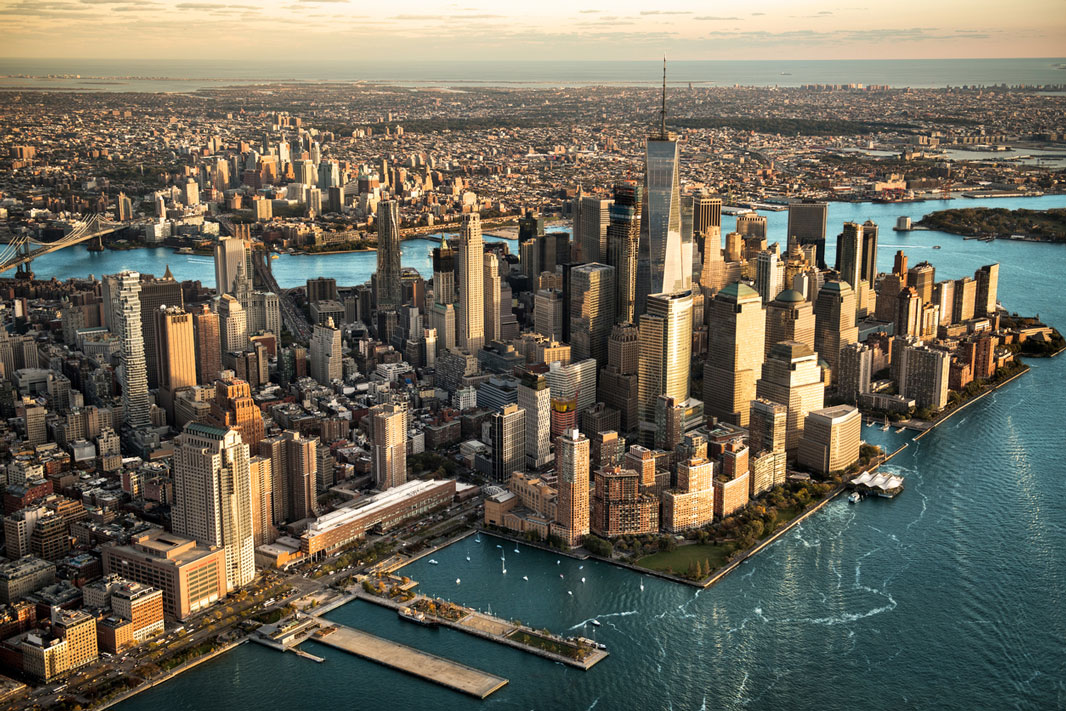
One of the first things I remember hearing about after the onset of the pandemic was the New York Times opinion piece where columnist Roger Cohen forgave the City of New York for everything that he had been annoyed about. It appeared as if the pandemic had given him a new found appreciation for the city, leading him to focus less on the petty annoyances covered in the article, from rats to traffic and bad odor, and more on what he loves about the city- it’s liveliness.
Can we say the same thing for the people and places that meant a lot to us in our lives? When the pandemic struck, did we contact the people we wish we could still see? Or did we yell at strangers for their views or behavior as we were all fearful?

While I wish to never return to wearing masks and social distancing, I hope to retain my appreciation for less active days, one-on-one experiences as opposed to large groups, and people who’s jobs are important but often under appreciated. There is the instinct to discard everything that happened in an effort to simply forget this horrible period of time. However, there is also the instinct to remember being without the people and places we love and continue to appreciate them.
Freedom or Avoiding Risk
I often hear people talk about the lack of a standard flu season this past winter, due to our mask wearing and social distancing. Some are even talking about adapting mask wearing every winter going forward.

The main question is, what risk avoidance methods are worth it. For the past 16 months, it feels as if Americans have abandoned our traditional concern for freedom and skepticism about mandates that curtail it. There is a divergence here between the desire to return to our orientation toward freedom, removing some of the extra layers of control adapted during the pandemic and fear of the virus or what is coming next after all the crazy events of 2020.
Do we know it all?
The pandemic was not the only event to rock the world in the last year. We live in a divisive time. There are the obvious divisions out there, between political parties, ideologies and priorities. However, if we dig deeper within these divisions, another one emerges. This perhaps even deeper division is between curiosity and believing we know it all already. I have observed this division in nearly every highly intellectual setting I have entered, from graduate school to TED talks.

Are we there to learn or advocate for a cause we’ve already adapted? With everything we recently experienced and the ongoing issues of loneliness, lack of fulfillment, high asset prices, etc. both instincts will still be there.
The battle within

As is the case with any historical event or set of historical events, some people will come out better for it and others will not. It is my belief that, based on these divergences, some people (those that worked on improving themselves, are curious and ready to adjust to a new reality) are in for a better decade than others.
However, that is also far too simplistic. The divergence in attitude described here is not just from person to person, but it is within each of us individually as well. Nobody is completely only on one side of each of the divergences described in this article. So, in the end, the way this decade will turn out is not about what people or groups of people adapt certain attitudes. It will probably be about which of these competing energies emerge more prevalently and where.
